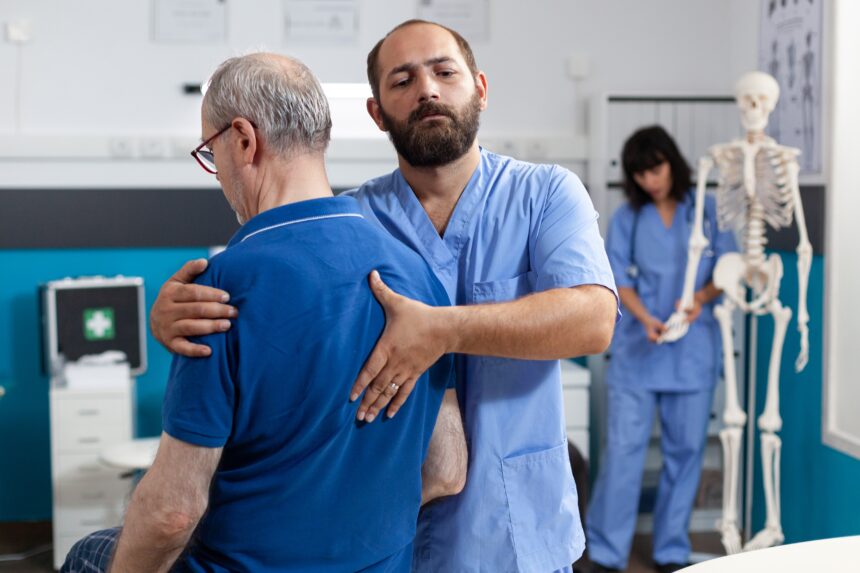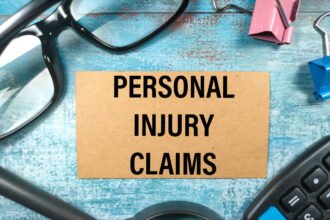Spinal cord injuries, or injuries to the spine, often affect the body’s sensory, motor, and autonomic functions, resulting in loss of sensation, paralysis, and autonomic dysfunction. Unfortunately, spinal cord injuries are mostly permanent and can profoundly impact the victim’s life.
While there is no known cure for spinal cord injuries, early interventions such as rehabilitation, some patients can lead independent and productive lives. But what are the major causes of spine injuries?
Common Causes of Spinal Cord Injuries
1. Slip and Fall Accidents
While most slip and fall accidents do not result in anything more than bumps and bruises, there are situations where they can cause severe injuries, such as spinal cord injuries. In most cases, slip and fall accidents happen at home, workplace, parking lot, or in the grocery store.
If your slip and fall accident results from the actions or inactions of another person, a slip and fall lawyer can help you recover the losses you suffered as a result of the accident.
2. Car Accidents
According to the American Association of Neurosurgeons (AANS), car accidents are among the leading causes of spinal injuries for young individuals. While advancements in car safety have helped reduce the severity of injuries in car accidents, it is never enough to eliminate the possibility of injuries.
Spinal cord injuries can result from any car accident, including head-on collisions, rear-end crashes, T-bone collisions, sideswipe collisions, and rollover accidents. If the impact force is minimal, you can be lucky to walk away with whiplash.
However, there are high chances of suffering acute spinal cord injuries in high-impact accidents. If someone else is to blame for your car accident, you may be eligible to recoup compensation from the at-fault party or their insurer with the help of a skilled attorney.
3. Gunshot Wound
Gunshot spinal cord injuries fall in the class of penetrating spine injuries. Earlier, gunshot-related spinal cord injuries were most prevalent in persons that served in the military.
These injuries have now become quite prevalent among civilian populations in recent years mainly because of the ease of accessibility to firearms and crime. According to statistics, the median age of individuals who suffer a gunshot wound-related spinal cord injury is 29.7, with the male population being the most at risk.
4. Contact Sports
The AANS estimates that slightly over 10 percent of all spinal cord injuries reported in 2019 were sport-related. While the injuries were present in all sports, they were most prevalent in football, wrestling, basketball, hockey, and swimming.
Some of the most common sport-related spinal cord injuries include cervical fractures and dislocations, acute cervical sprains and strains, and cervical stenosis. Intervertebral disk lesions and whiplash are also likely.
Symptoms of Acute Spinal Cord Injuries
Signs of spinal cord injuries can vary widely depending on the nature and the severity of the injuries. Unfortunately, some signs may not be evident immediately after an accident, allowing them time to deteriorate and cause further damage. Therefore, it is essential to seek medical attention after a severe accident, even when you have no visible injuries or feel no pain.
If you are involved in a high-impact accident, it is important to look out for symptoms that indicate acute spinal cord injuries, such as:
- Incontinence
- Inability to move your hands or feet
- Problems maintaining balance when walking
- Tingling and a feeling of numbness in hands and feet
- Severe back pain
- Unnatural head positioning
- Signs of shock
- Headaches and unconsciousness
Interventions for Spinal Cord Injuries
The first few minutes after accidents are very critical for victims of spinal cord injuries. If you suspect that you or someone else has suffered a spinal cord injury, you should:
- Call 911. The sooner they can get to the scene, the better your chances of a favorable outcome.
- Avoid moving or moving the affected person unless it is necessary. A slight movement of the affected part could mean making it worse.
- Stay as still as possible. If you are attending to another person, encourage them to stay still.
- Offer basic first aid without moving the person.
Immediate Medical Interventions for Spinal Cord Injuries
Medical interventions can vary widely depending on the extent and severity of the injuries.
If the spinal cord injuries result from trauma to another part of the body, the ER doctor can recommend emergency surgery.
The same applies to spinal cord damage resulting from broken bone splinters, damaged tissue, and blood clots. New research shows that administering a corticosteroid injection eight hours after an accident can increase the chances of a better recovery.
Unfortunately, most spinal cord-related injuries are permanent and can completely alter the victim’s life, requiring them to have a solid support system.
The cost of treatments can also get relatively high, but you could recover damages suffered if the accident results from another party’s negligence. However, it is always a good idea to let a seasoned spinal cord injury attorney handle your claim.










